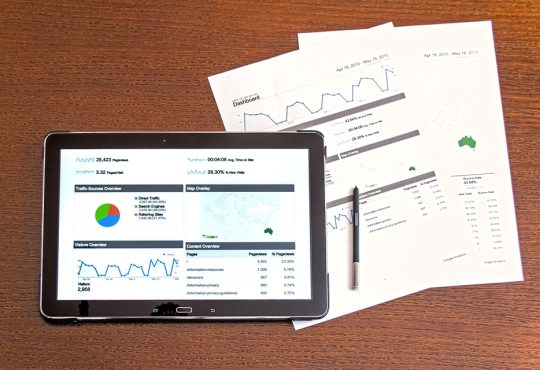
Email Marketing Best Practices for Conversion
In today’s digital world, email marketing remains one of the most effective ways to engage with your audience and drive conversions. However, with countless emails flooding people’s inboxes every day, it’s vital to ensure your email stands out and compels recipients to take action. With that in mind, here are some best practices to optimize your email marketing strategy for maximum conversion.
1. Build a High-Quality Email List
The foundation of successful email marketing lies in having a high-quality and engaged email list. Instead of purchasing lists or taking a scattergun approach, focus on growing your list organically. Implementing email capture forms on your website, offering valuable content in exchange for subscriptions, and leveraging social media to promote your newsletter can help you attract subscribers who genuinely want to hear from you.
2. Segment Your Audience
Not all subscribers are the same, and sending one generic email to your entire list won’t yield the best results. Segmenting your audience based on demographics, preferences, behaviors, or buying history allows you to target specific groups with highly relevant and personalized content. By catering to each segment’s unique needs, you increase the likelihood of conversion.
3. Craft an Engaging Subject Line
The subject line is your email’s first impression, and the key to getting recipients to open it. Use a compelling and concise subject line that sparks curiosity, highlights the value proposition, or creates a sense of urgency. Avoid clickbait or misleading subject lines, as they may increase open rates but harm your credibility in the long run.
4. Personalize Your Emails
Personalization goes beyond addressing recipients by their first names. Leverage the data you have gathered to personalize the content within your emails. Tailor recommendations, discounts, or product suggestions based on past purchases, browsing behavior, or demographic information. Personalized emails make subscribers feel valued and understood, increasing the likelihood of conversion.
5. Use a Responsive Email Design
With a significant portion of emails opened on mobile devices, it’s crucial to ensure your emails are mobile-friendly. Implement a responsive design that adapts to different screen sizes, ensuring a seamless user experience across devices. Clutter-free layouts, legible fonts, and prominent call-to-action buttons are essential elements of a responsive email design that encourages conversions.
6. Create Compelling Content
Compelling and valuable content is the backbone of every successful email marketing campaign. Focus on creating informative, entertaining, and actionable content that resonates with your audience. Whether it’s sharing industry insights, offering exclusive promotions, or providing how-to guides, make sure your emails provide genuine value to recipients, strengthening their trust in your brand and driving conversions.
7. Use Clear and Persuasive Call-to-Actions
Your call-to-action (CTA) is the gateway to conversions. Ensure your CTAs are clear, prominent, and persuasive. Use action-oriented language and highlight the benefits users will gain from taking the desired action. Design your CTAs to stand out by using contrasting colors, larger fonts, or surrounding them with white space. A compelling CTA that catches the reader’s attention can significantly increase your conversion rates.
8. Test and Optimize
Constantly test and optimize your email campaigns to improve conversion rates. Conduct A/B tests on subject lines, email copy, CTAs, and even sending times to see what resonates best with your audience. Analyze key performance metrics such as open rates, click-through rates, and conversion rates to identify areas for improvement. A data-driven approach allows you to refine your email marketing strategy and maximize conversions.
9. Automate and Nurture
Automating certain aspects of your email marketing campaign can save time and ensure consistent communication with your audience. Set up automated welcome emails, abandoned cart reminders, or birthday offers to nurture your subscribers throughout their customer journey. Segment your automation workflows to deliver targeted content at different stages, increasing the likelihood of conversion at each touchpoint.
10. Monitor and Analyze Results
Lastly, monitor and analyze the results of your email campaigns. Keep track of key metrics, such as open rates, click-through rates, conversion rates, and unsubscribe rates. Identify trends, patterns, and areas for improvement. Regularly review your email marketing strategies to adapt to changing market conditions, consumer preferences, and industry trends.
In conclusion, email marketing can be a powerful tool for driving conversions if executed strategically. By building a high-quality email list, segmenting your audience, personalizing your emails, and creating compelling content, you can significantly improve your conversion rates. Remember to optimize your email design for mobile, craft engaging subject lines, and use persuasive call-to-actions. Continuously test, analyze, and refine your email campaigns to ensure you achieve the best possible results.


